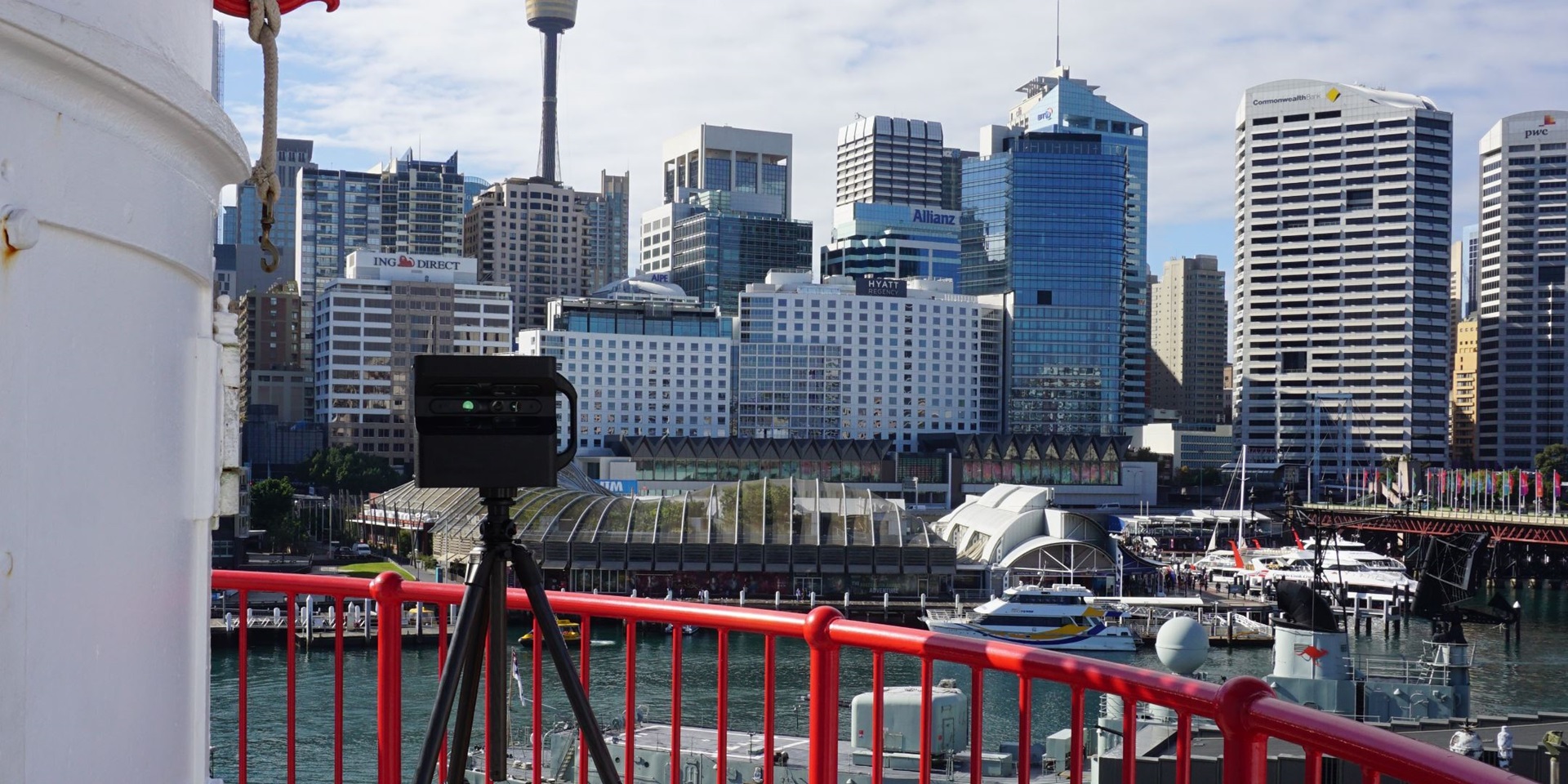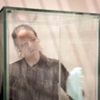
Conservators rarely have the opportunity to access made-for-conservation equipment, software, tools or chemicals. We borrow and adapt things intended for other environments. Conservation labs are often populated with dental tools and equipment, surgical scalpels, entomological stainless steel pins, book binder’s presses and felts, as well as a tradesman’s array of socket sets, drills, punches and pliers. We put Tyvek® Homewrap® covers over collection objects as it is breathable and keeps off dust. We transport small objects in prawn crates and often display costume on off the shelf mannequins.
When it came time to document the Cape Bowling Green Lighthouse prior to major conservation work, our conservation team turned to technologies which are often used by insurance companies and real estate agents to photograph buildings and record damage.
Conservation ethics require us to thoroughly record the condition of an object before starting conservation work. Documenting the 22m tall Cape Bowling Green Lighthouse photographically poses some challenges. The interior and exterior taken together are an enormous surface area. Completing documentation with technological help was the only option, given the resources and time it would take to do this manually.
An experienced pilot came on site and photographed the exterior of the lighthouse using a drone, and the interior using a 3D modeling camera. The resulting images were then stitched together using photographic software, creating high-quality representations of the lighthouse surfaces.
It is now possible to tour the lighthouse at any time and inspect features which are normally well out of reach. We also have a permanent record of the condition of the lighthouse prior to major works taking place, as we obtained the source images as part of this process. The images can theoretically be stitched together in other software in the future, should the current software becomes obsolete. The images can also be viewed individually. The museum retains documentation about the museum’s collection in perpetuity – considerations of technological obsolescence and archiving of the source images were built into the project brief.
You can view the internal model of the lighthouse here (it even works a treat on Google Cardboard).
We are also hoping that this documentation will go on to help everyone enjoy the Cape Bowling Green Lighthouse. Even if you can’t visit Sydney or climb the stairs to the platform, you should soon be able to use your own smart phone and virtual reality glasses to tour each level, climb the stairs and even walk the narrow catwalk inside the lantern room. Stay tuned!
— Rebecca Dallwitz, Senior Objects Conservator.
The museum is carrying out essential conservation on the lighthouse. This work is made possible by a generous donation from the Australian Maritime Safety Authority (AMSA). Please contact us for opening hours on other days.







